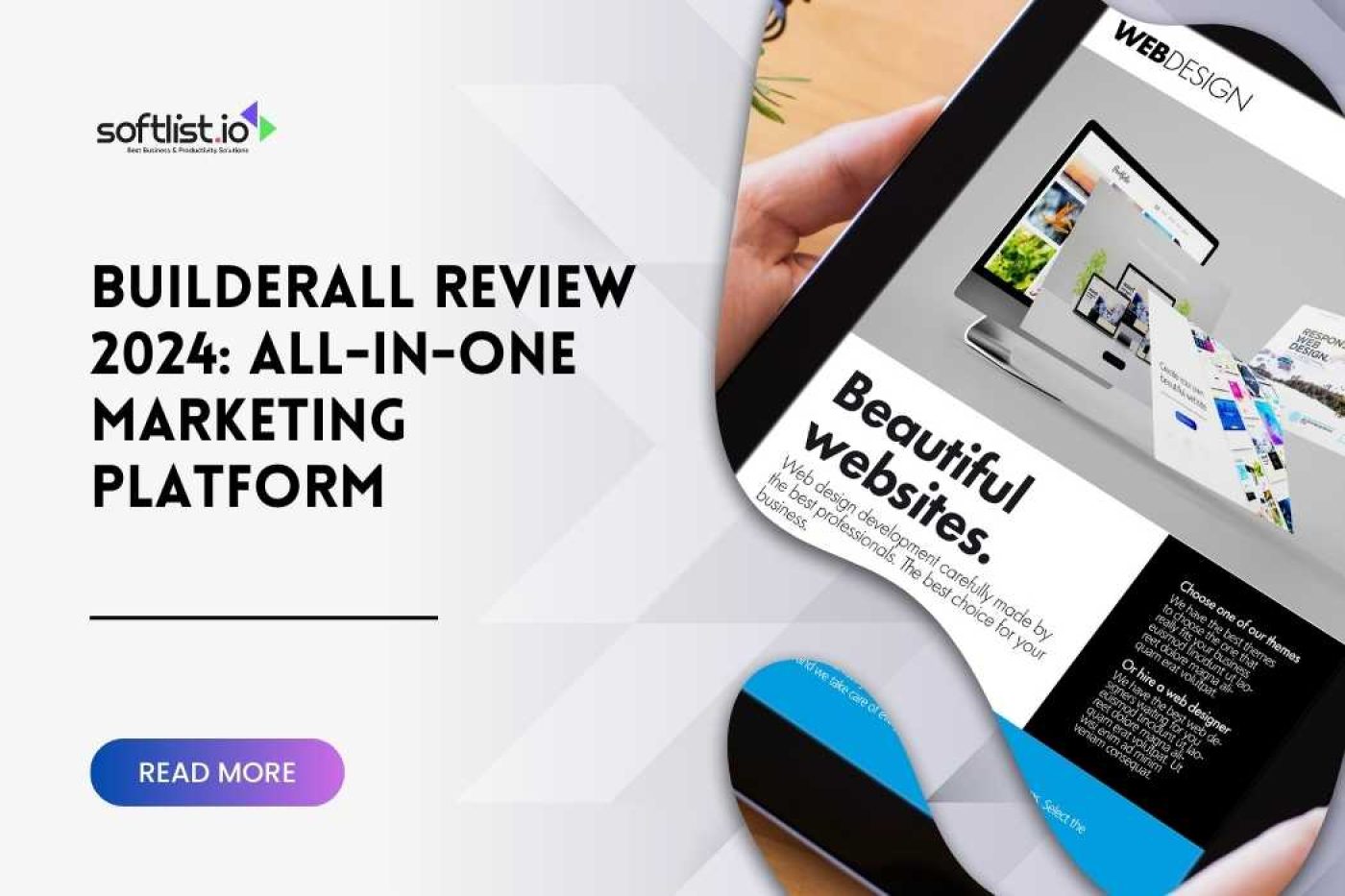AI art generators have emerged as powerful tools that blend the realms of technology and creativity. These innovative platforms leverage machine learning algorithms to transform textual prompts into visual masterpieces, opening up a new frontier for artists, designers, and enthusiasts alike.
However, as the technology becomes more accessible, a discerning approach to evaluating and choosing the right AI art generator becomes paramount. Whether you’re a seasoned artist looking to integrate AI into your creative process or a newcomer curious about the possibilities of AI-generated art, understanding the key aspects that differentiate these tools is crucial.
Evaluating AI art generators involves more than just assessing the quality of the output images. It requires a comprehensive understanding of several underlying factors that contribute to the tool’s effectiveness, versatility, and ethical considerations.
From the fidelity of the generated images and the diversity of styles available to the user interface’s intuitiveness and the ethical implications of the tool’s use, each aspect plays a pivotal role in determining the overall utility and impact of the AI art generator.
This blog post aims to provide you with seven fundamental guidelines to help you navigate and evaluate AI art generators effectively. Let’s jump right in!
1. Quality and Resolution of Output
The first and most apparent criterion is the quality and resolution of the images produced. High-quality AI art generators can produce images that are not only clear and detailed but also aesthetically pleasing. Evaluate the textures, colors, and overall composition. High-resolution capabilities are essential, especially if you intend to professionally print or use the artwork.
2. Creativity and Uniqueness
The ability of an AI to generate creative and unique artwork is a vital measure of its value. Good AI art generators should offer a wide range of styles and the ability to innovatively blend different genres or themes. The diversity in the output and the ability to surprise and inspire the user with novel concepts are indicators of a sophisticated AI.
3. User Interface and Experience
An intuitive user interface (UI) and a positive user experience (UX) are crucial for interacting with AI art generators. The platform should be accessible to both beginners and professionals, offering straightforward options for customization and navigation. The ease with which users can specify their requirements and adjust parameters to influence the outcome plays a significant role in the tool’s usability.
4. Customization and Control
Evaluate the level of customization and control the tool offers. The best AI art generators allow users to influence the creation process significantly, from adjusting fine details to selecting broad thematic elements. This control allows for more personalized and intentional art creation, catering to the user’s specific desires or project requirements.
5. Speed and Efficiency
The processing speed of an AI art generator is a practical aspect that cannot be overlooked. Efficient algorithms that produce artwork quickly without sacrificing quality are preferable, especially for users who work within tight deadlines or wish to iterate rapidly on their creative ideas.
6. Ethical Considerations and Copyright
Understanding the ethical framework and copyright policies of AI art generators is crucial. Ensure the platform respects the rights of artists and creators and clarifies the legal status of the generated artworks. Some generators might use copyrighted material as part of their training data, so it’s important to know where the tool stands regarding copyright issues and the ownership of generated content.
7. Cost and Accessibility
Finally, consider the cost and accessibility of the AI art generator. While some tools are freely available, others might require a subscription or payment per use. Evaluate the pricing in relation to the features offered, including the quality of output, the range of styles available, and any additional functionalities that support your creative process.
By applying these seven guidelines, you’ll be better equipped to navigate the diverse landscape of AI art generators. Remember, the goal is to find a tool that meets your technical and artistic requirements, inspires your creativity, and expands your artistic possibilities.
5 Tips for Efficiently Using AI Art Generators
Using AI art generators can be a fascinating way to unleash your creativity, whether you’re creating digital art, brainstorming visuals for a project, or just exploring the boundaries of machine learning.
To make the most of these tools, here are five tips for efficiently using AI art generators:
Be Specific with Your Prompts
The more detailed your prompt, the better the AI can understand and generate the desired outcome. Include specifics about the composition, color scheme, style (e.g., photorealistic, impressionistic), mood, lighting, and any key elements you want to be included. This specificity helps guide the AI towards producing artwork that aligns closely with your vision.
Understand the Tool’s Limitations and Strengths
Each AI art generator has its own unique strengths and limitations based on the algorithms it uses and the training data it is fed. Spend some time experimenting with the generator to understand what it excels at and where it might fall short. This knowledge allows you to tailor your prompts to play to the generator’s strengths, yielding better results.
Iterate and Refine
The first output will rarely be exactly what you’re looking for. Use the initial results as a starting point and refine your prompts based on what you see. You can adjust your description, add or subtract details, or ask for variations on a theme. This iterative process can help you hone in on exactly the result you’re aiming for.
Explore Different Styles and Techniques
AI art generators can produce artwork in a wide range of styles and techniques, from classical to contemporary, from oil painting to digital art. Don’t hesitate to explore various artistic styles by including those details in your prompts. This exploration can yield surprising and inspiring results, pushing the boundaries of your creative project.
Stay Ethical and Respect Copyrights
When creating art with AI, it is important to be mindful of ethical considerations and copyright laws. Avoid using copyrighted characters, specific brands, or the names of living artists without permission. Additionally, be considerate of the potential for AI to replicate styles in a way that could be seen as derivative or infringing on another artist’s unique style.
Conclusion
The rapid advancement of AI’s capabilities has led to the emergence of AI image generators, which have significantly affected the landscape of digital art and creativity. By harnessing these powerful tools, developers and artists can experiment with an endless array of visual expressions enabled by simple text prompts.
The guidelines outlined above exist to ensure that users can effectively evaluate and select the AI art generators that best suit their needs and to encourage a mindful approach to the characteristic challenges and opportunities presented by these technologies.
Evaluating AI art generators based on quality, creativity, user experience, customization, efficiency, ethical considerations, and cost enables users to reduce the risk of copyright infringement by using copyright-free sources while maximizing the creative potential these tools offer.
As we continue to explore and harness AI’s capabilities in the realm of art, it becomes imperative for developers and artists alike to remain vigilant and informed about how these tools can affect their work and the broader creative landscape.
Best AI Art Generator: Our Top Pick
| 3.5 | 3.5 |
FAQs
What is an AI art generator?
An AI art generator is a software or platform that uses artificial intelligence techniques to generate or edit images, photos, or other forms of art.
How can I find the best AI art generator?
To find the best AI art generator, consider factors such as the quality of generated art, user-friendly interface, available features for editing and customization, the range of styles offered, and user reviews.
Are there any free AI art generators available?
Yes, free AI art generators are available that allow individuals to create art without cost. However, these free generators may have limitations compared to paid options.
What are some key features to look for in the best AI art generator?
Key features to look for in the best AI art generator include realistic art generation capabilities, the ability to edit and customize generated art, and a wide range of styles and effects to choose from.
What is “Midjourney” in the context of AI art generators?
“Midjourney” is a term used in the AI art generation industry to describe a stage where the AI model has been trained extensively but is not yet fully developed.
How do AI art generators ensure privacy and protect users’ data?
AI art generators ensure privacy and protect users’ data by using secure encryption methods, anonymizing data where possible, and implementing strict data protection measures to prevent unauthorized access.
Can AI art generators be biased in their art generation output?
Yes, AI art generators can be biased in their art generation output if the underlying AI models are not carefully designed and trained to be inclusive and free from societal biases.








